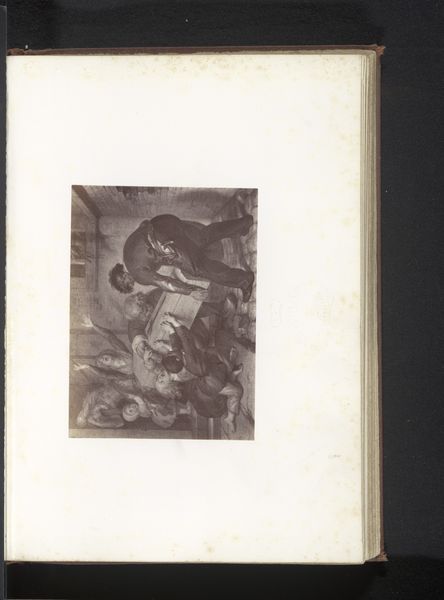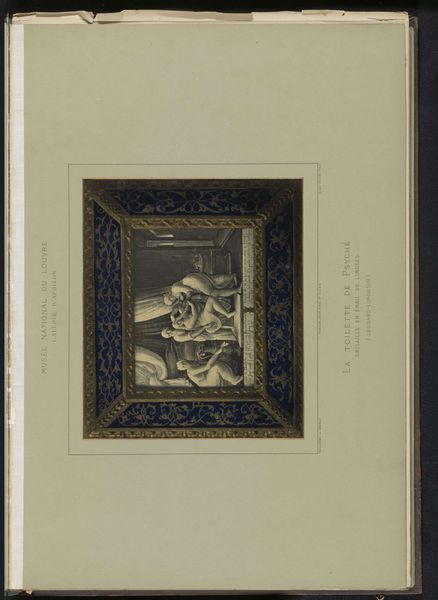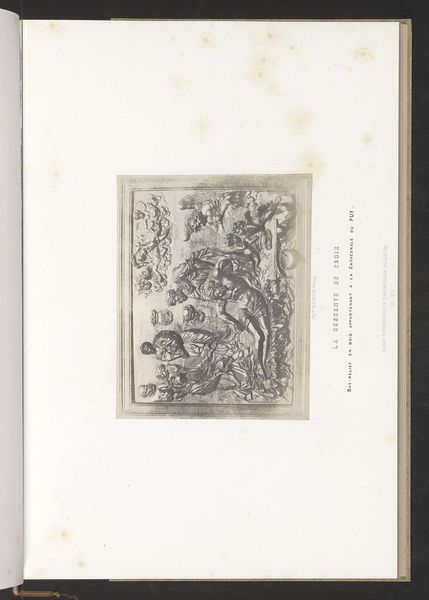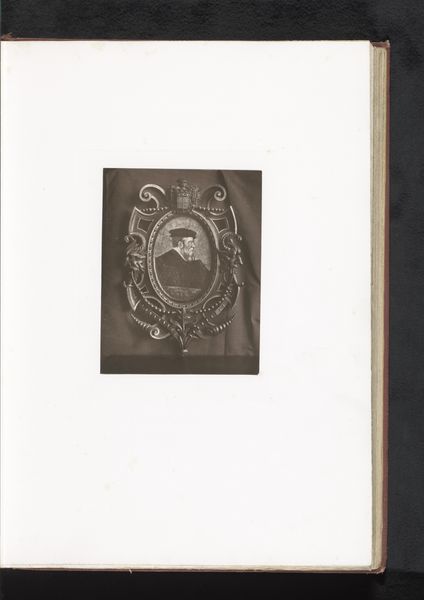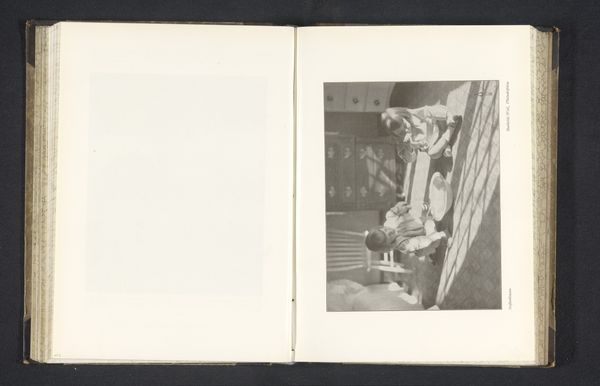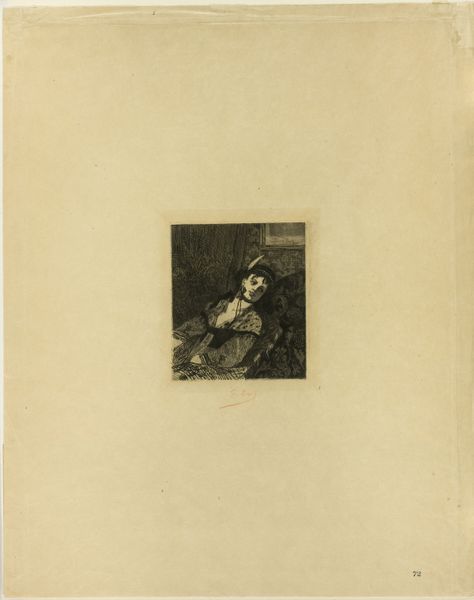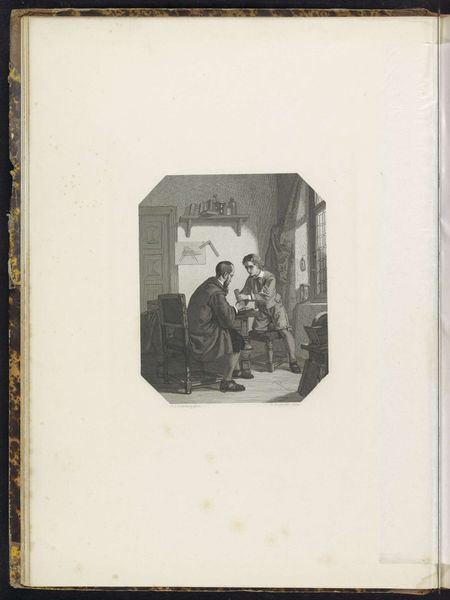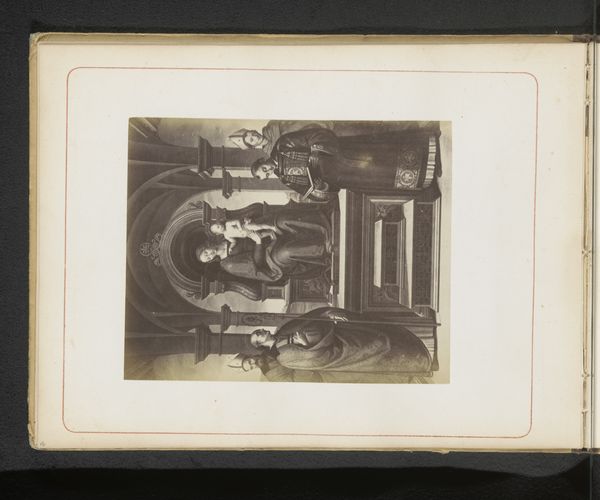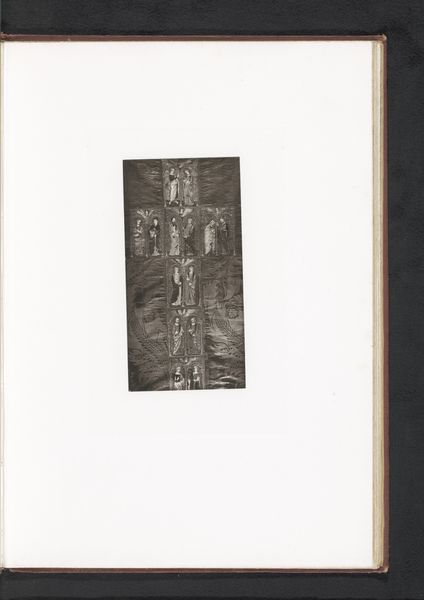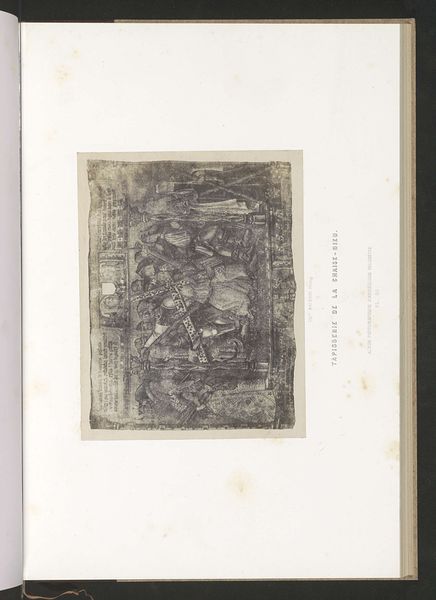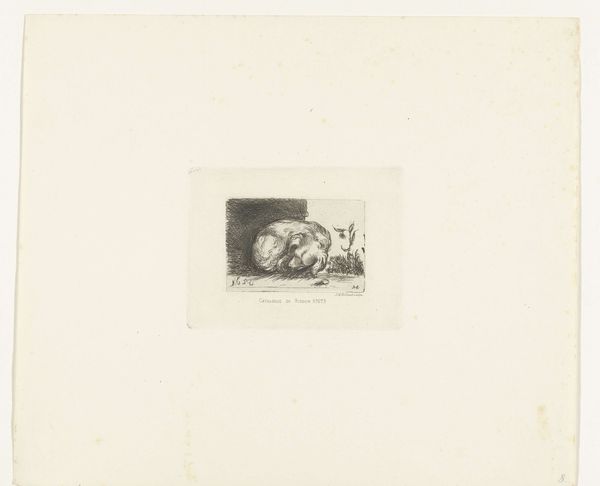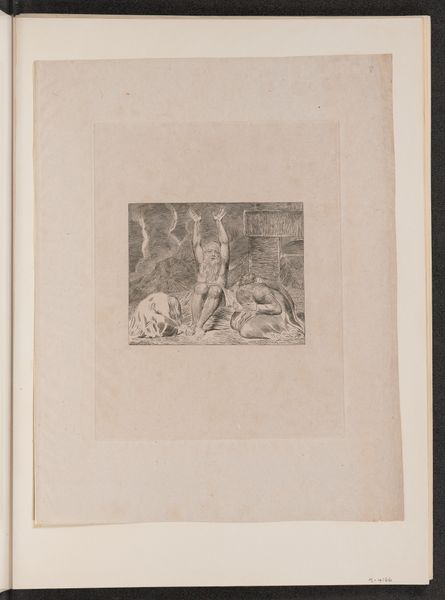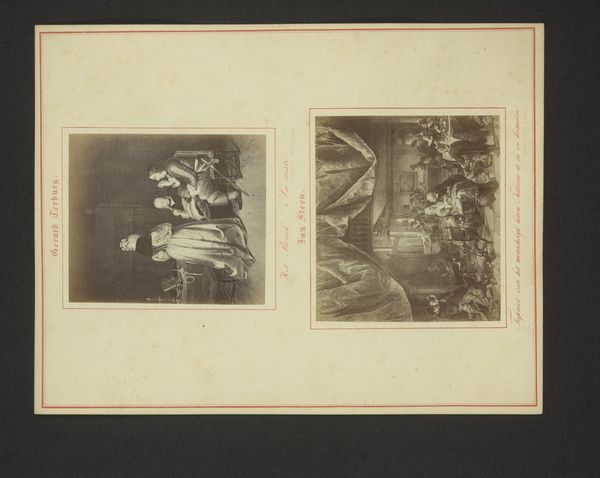
Bas-reliëf met de apotheose van monseigneur De Béthune, afkomstig van de kathedraal van Le Puy-en-Velay before 1857
0:00
0:00
print, paper, engraving, mural
#
neoclassicism
# print
#
paper
#
history-painting
#
engraving
#
mural
Dimensions: height 152 mm, width 223 mm
Copyright: Rijks Museum: Open Domain
Editor: Here we have an engraving from before 1857, titled "Bas-relief with the Apotheosis of Monsignor De Béthune, from the cathedral of Le Puy-en-Velay" by Hippolyte Malègue. The complex composition and historical subject matter feel grand. What historical narratives might be embedded in this piece? Curator: Well, apotheosis scenes were frequently used to elevate figures, often aligning them with narratives of power. Consider, for instance, the commissioning context. A cathedral often projects both spiritual and earthly authority. Does this image participate in constructing an official history or message, celebrating De Béthune within the Church’s socio-political framework? Editor: That's fascinating. I hadn't thought about the deliberate construction of that "official" image. Was neoclassicism a typical choice for conveying such messages at the time? Curator: Absolutely. Neoclassicism, with its references to ancient Rome, imbued subjects with a sense of timeless authority and virtue. It would have been a calculated decision, embedding De Béthune within a visual language familiar to elites and intended to inspire awe and respect. How might the public have perceived this deliberate visual vocabulary? Editor: I guess they would have viewed the figure in the context of virtue and divinity. Looking at it now, though, it's interesting to think about how art serves as a form of political messaging. Curator: Exactly. And thinking critically about that function allows us to consider not only the artist's intent, but how these historical narratives continue to resonate, or perhaps clash, with contemporary perspectives. Editor: It changes everything to view the piece not just as aesthetically pleasing but as a historical argument! Curator: Indeed! Considering how power structures shape the art we see – that’s history in action.
Comments
No comments
Be the first to comment and join the conversation on the ultimate creative platform.
